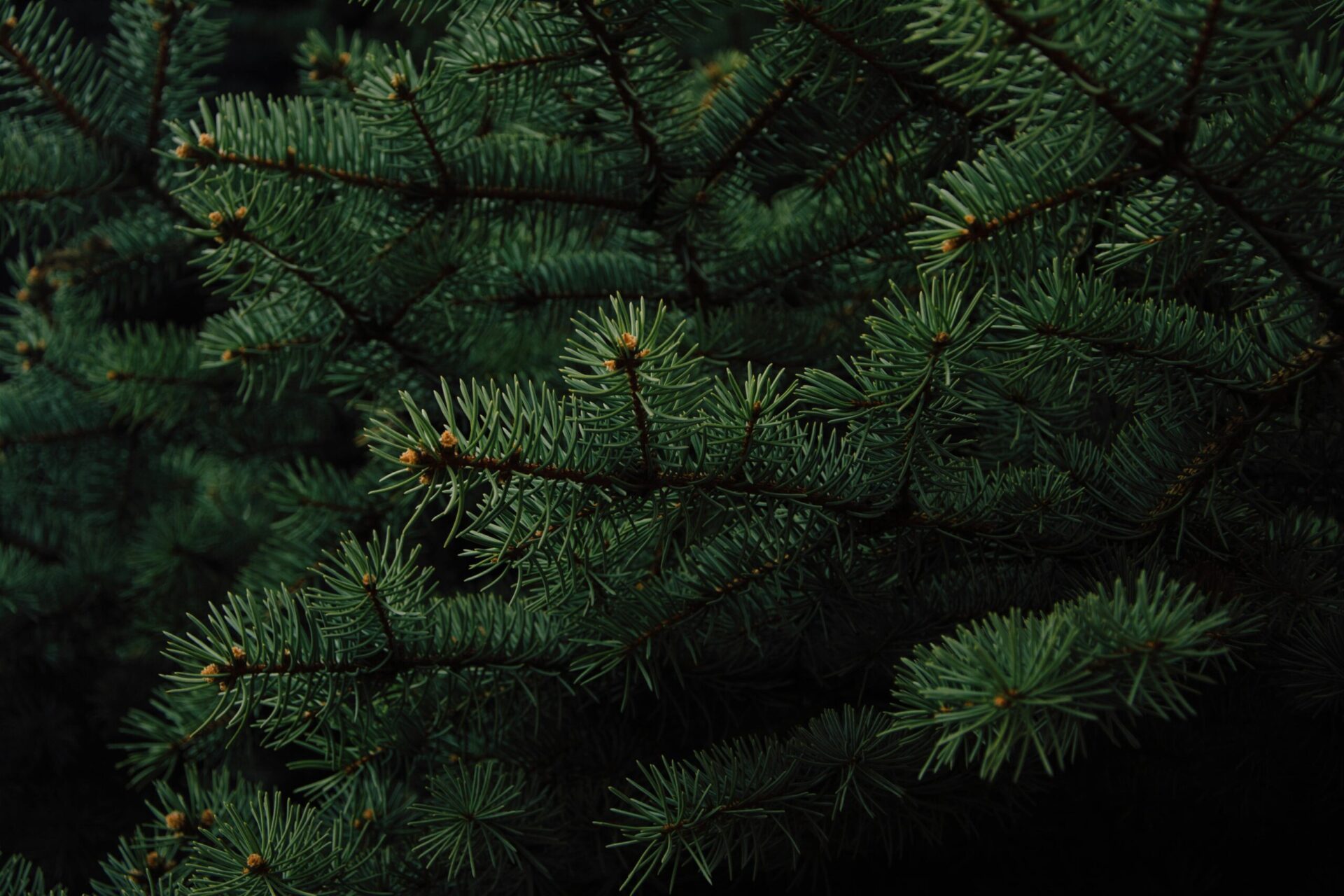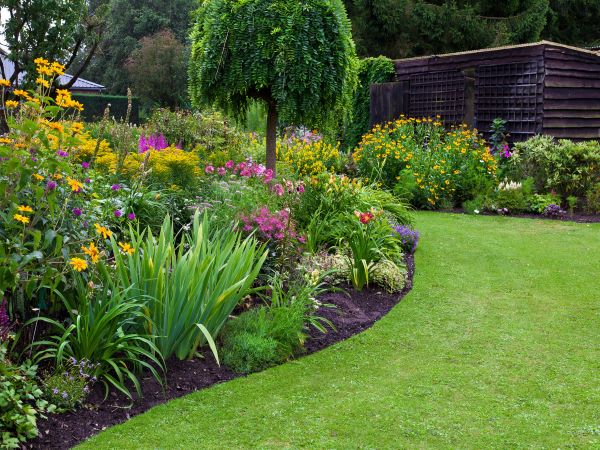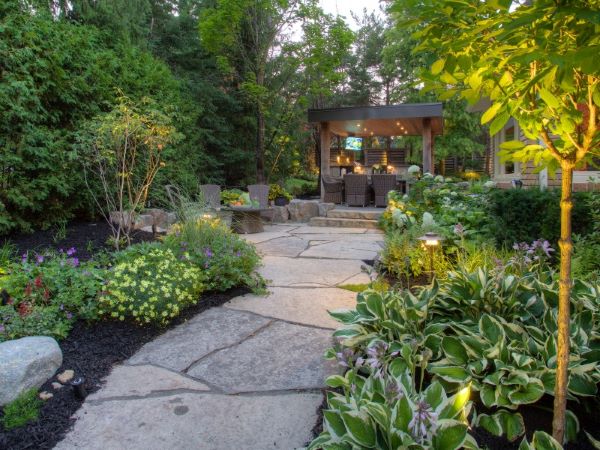Maintaining a healthy, vibrant lawn can be challenging due to various issues like moss, weeds, and burnt spots. Each of these problems can have different causes and require specific solutions. This guide will delve into some of the most common lawn problems experienced in Vancouver and the North Shore, exploring why they occur and offering practical, actionable lawn care tips to address them. Regular care and proactive maintenance are key to a beautiful lawn, and with the right strategies, you can keep your lawn looking its best all year round.
How to Remove Moss from Lawn
Moss often takes over in damp and shady areas, competing with grass for nutrients. This issue typically arises in lawns with poor drainage, compacted soil, or low pH levels. To control moss, start by improving the drainage in your lawn. Aerating the soil helps water penetrate more easily and reduces waterlogging.
Reducing shade is another effective strategy. Trim back overhanging branches or consider thinning out dense shrubbery to allow more sunlight to reach the grass. Additionally, maintaining a balanced soil pH is crucial. Moss thrives in acidic conditions, so regularly test your soil and apply lime if necessary to raise the pH.
Applying a moss killer specifically designed for lawns can also be an effective measure. These products usually contain iron sulfate, which kills the moss and helps green up your lawn. After the moss has died, rake it out and reseed the bare patches with grass seed to restore a healthy lawn.
Weed Control Methods
Weeds such as dandelions, clover, and crabgrass can disrupt your lawn’s appearance and health by competing with grass for nutrients, water, and light. Regular mowing is an essential first step in weed control. Keeping your grass at the recommended height for its type helps to shade the soil, making it more difficult for weeds to germinate and grow.
Hand-pulling weeds is another effective method, especially for broadleaf weeds. Make sure to remove the entire root system to prevent regrowth. Using pre-emergent herbicides in early spring can prevent weed seeds from germinating. These products create a barrier in the soil that stops weeds before they start.
Maintaining a healthy lawn through proper fertilization and watering also plays a crucial role in weed prevention. A well-fed and adequately watered lawn is more competitive and can crowd out weeds. Consider using a slow-release fertilizer to provide consistent nutrients over time and water deeply but infrequently to encourage deep root growth.

Fixing Burnt Patches on Lawn
Burnt patches in your lawn are usually caused by excessive heat, drought, or improper fertilization. These unsightly areas can be frustrating, but they can be managed with the right care. Ensure your lawn gets adequate water, especially during hot weather. Water early in the morning to reduce evaporation and allow the grass to dry before evening, which helps prevent fungal diseases.
Avoid over-fertilizing, as this can burn your grass. Opt for slow-release fertilizers that provide nutrients gradually, reducing the risk of fertilizer burn. If burnt patches do occur, identify the cause—whether it’s pet urine, concentrated fertilizer, or sun scorch—and address it accordingly.
Reseeding or patching with sod can help restore burnt areas. Before reseeding, rake the affected area to remove dead grass and loosen the soil. Apply a layer of compost or topsoil, spread grass seed evenly, and keep the area moist until the new grass establishes. For larger burnt areas, laying sod can provide an instant fix, ensuring the new sod matches your existing grass type for a uniform look.
Lawn Dethatching
Thatch is a layer of dead grass, roots, and other organic matter that accumulates on the soil surface. While some thatch is beneficial, too much can prevent water, nutrients, and air from reaching the soil, leading to a less healthy lawn. Thatch buildup typically occurs in lawns that are over-fertilized or watered too frequently.
Regular dethatching with a rake or power dethatcher helps keep this layer under control. The best time to dethatch is during the lawn’s active growing season, which varies depending on the grass type. For cool-season grasses, dethatch in early spring or early fall. For warm-season grasses, dethatch in late spring or early summer.
After dethatching, your lawn may look a bit rough, but this is temporary. Follow up with proper lawn care practices such as aeration, overseeding, and fertilizing to help the grass recover and fill in any bare spots. Maintaining a balanced lawn care routine with appropriate watering, mowing, and fertilizing can prevent excessive thatch buildup in the future.
Preventing Soil Compaction
Soil compaction occurs when soil particles are pressed together, reducing pore space and hindering root growth. Compacted soil leads to poor drainage, reduced nutrient uptake, and stunted grass growth. This issue is common in high-traffic areas where frequent walking or playing compacts the soil.
Aerating the lawn by removing small plugs of soil can alleviate compaction and promote a healthier lawn. The best time to aerate is during the lawn’s peak growing period. For cool-season grasses, aerate in early spring or fall. For warm-season grasses, aerate in late spring or early summer.
Aeration allows water, nutrients, and air to penetrate the soil more effectively, encouraging deep root growth. After aerating, top-dress the lawn with a thin layer of compost or sand to fill the holes and further improve soil structure. Follow up with overseeding and fertilizing to help the lawn recover and thicken.
Regularly aerating your lawn, especially in areas that experience heavy foot traffic, can prevent compaction and ensure a lush, healthy lawn. Additionally, consider using walkways or stepping stones in high-traffic areas to reduce soil compaction and protect your grass.
Conclusion
Regular care and attention are essential to prevent and address common lawn issues like moss, weeds, burnt patches, thatch, and soil compaction. By understanding these problems and applying the right solutions, you can maintain a vibrant, healthy lawn.
Latest
Making the Most of Winter 2025: Guide to Snow Removal and Cold-Weather Projects in Vancouver

The Definitive 2024 Vancouver Landscaping Tree Guide for Your Yard: A Guide to Selection, Care, and Pricing

Fall Landscaping Guide for Vancouver in 2024: Maintenance, Hardscape and Softscape Transformations, and Winter Preparation

Thinking About Installing a Sport Court in Vancouver, BC? Here’s What You Need to Know

Vancouver Irrigation: The 6 Best Types for Your Garden

Looking to upgrade your outdoor space? Seymour Lawn and Garden is here to help. Our team of gardening experts specializes in crafting beautiful, sustainable landscapes that meet your specific needs. Contact us today, and let us transform your garden into a space you'll love all year round!




